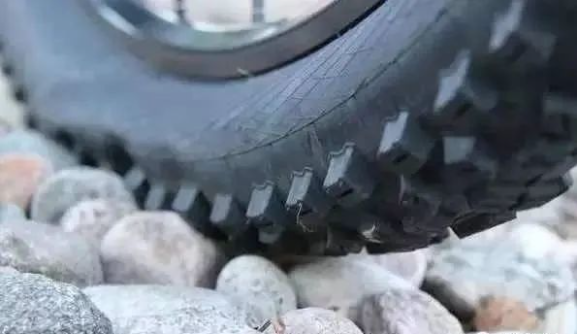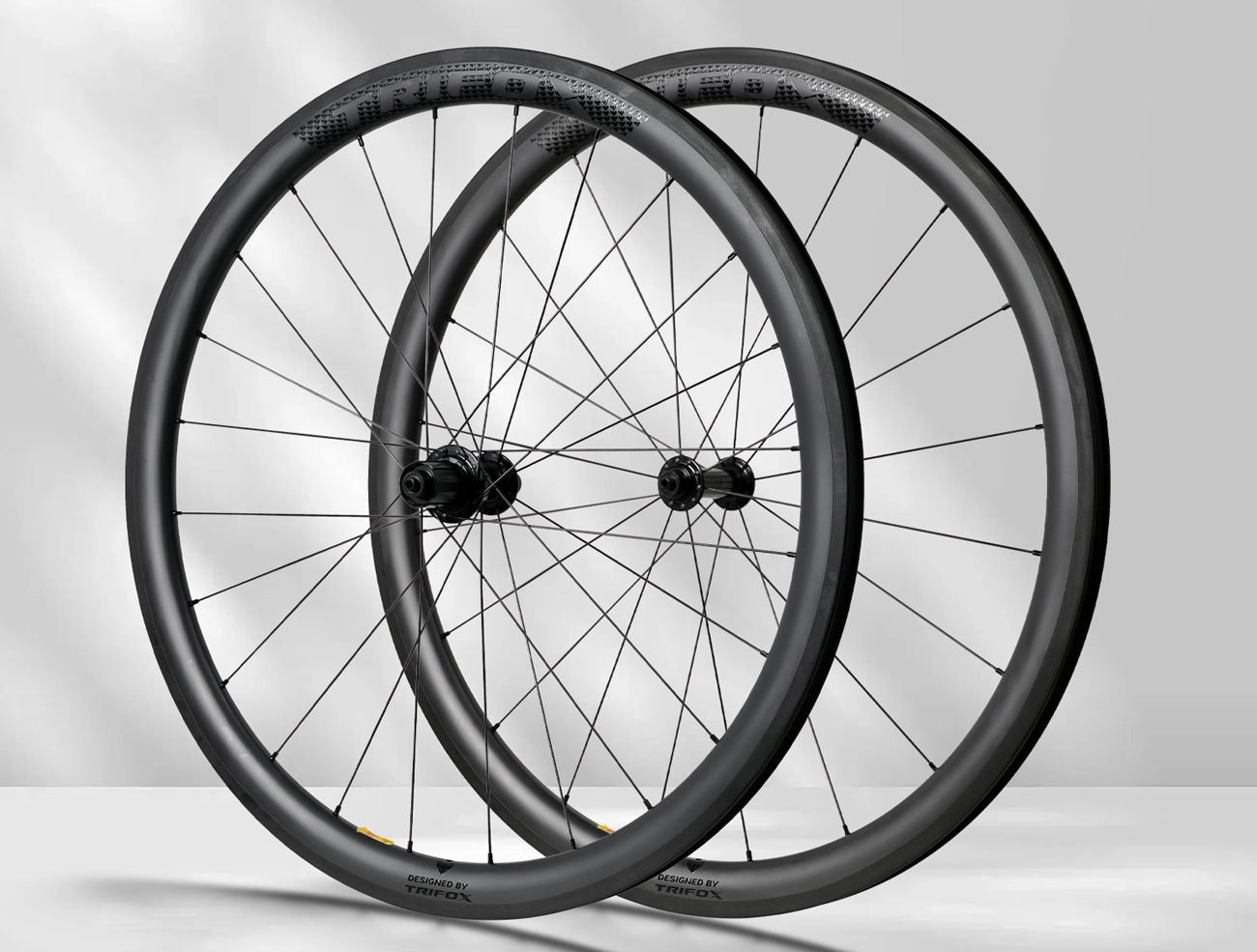Tire pressure is a rather technical issue, and it’s one of the most important factors in your mountain bike. There is a lot of discussion about tire pressure. “Tire pressure is of course a very serious issue!
If a tire exceeds the maximum tire pressure, it will not explode like a balloon, but the rim will not be able to withstand it first. Not every rim is exactly the same as the factory, some can handle high tire pressure, and some can’t. Manufacturers have no way of knowing what kind of rim you’re getting. Therefore, the maximum tire pressure records of their rims are generally conservative. For mountain bike enthusiasts, the maximum tire pressure is not a problem that bothers them. Because they will generally use a lower tire pressure than this value, and the ride will be smooth, especially with a tubeless system.

Below we will summarize 6 factors that we think affect tire pressure:
Rider’s Weight: The performance of a tire depends a lot on the rider’s weight. For example, a 66KG driver using 26X2.2 tires may find that the tire pressure of 35PSI is too hard and lacks grip. Conversely, a 113KG rider riding the same bike will find that the tire pressure is too low.
Tire volume: The volume of the tire is closely related to the tire pressure. The size of a tire will determine how well it will perform. 35PSI will feel very flat on a 700X25MM tire, but it will be very flat on a 26X3.8 tire, and the driver will directly feel the existence of stones. Fat people and thin people must have different atmospheres!
Terrain: What is the terrain you usually ride on? Is it ooze land? Or is it full of rocks? If it is the latter, you should consider increasing the tire pressure to prevent rim damage and blowout. Hit the rock formation? Properly increase the tire pressure to prevent rim injuries and blowouts
RIDING STYLE: The harder you play, the more you will find that you need higher tire pressure. If you ride softly it’s different. Will you pick a route to avoid the rock formations? Do you keep your tires on the road or do you prefer to take the leap?
Rim Width: Rim width is an important factor, a wider rim will of course support the tire better as it will allow you to use lower tire pressure and prevent the tire from coming off.
Tire structure: The composition of a tire will determine its performance of the tire. This involves the TPI value of the tire. TPI is simply the density of the tire. A high TPI tire will be softer than a low TPI tire. At this point, you will find that you need to increase the tire pressure and you have to consider the TPI factor. It is worth mentioning that the tire pressure of the tubeless system is usually lower to ensure similar performance to the tubed system. To find the tire pressure that suits you, please keep in mind the above 6 factors and experiment more. Remember, bring an air pump, bring your friends, and feel the difference in tire pressure when you go wild in the mountains, and you will find the correct tire pressure.



















































































